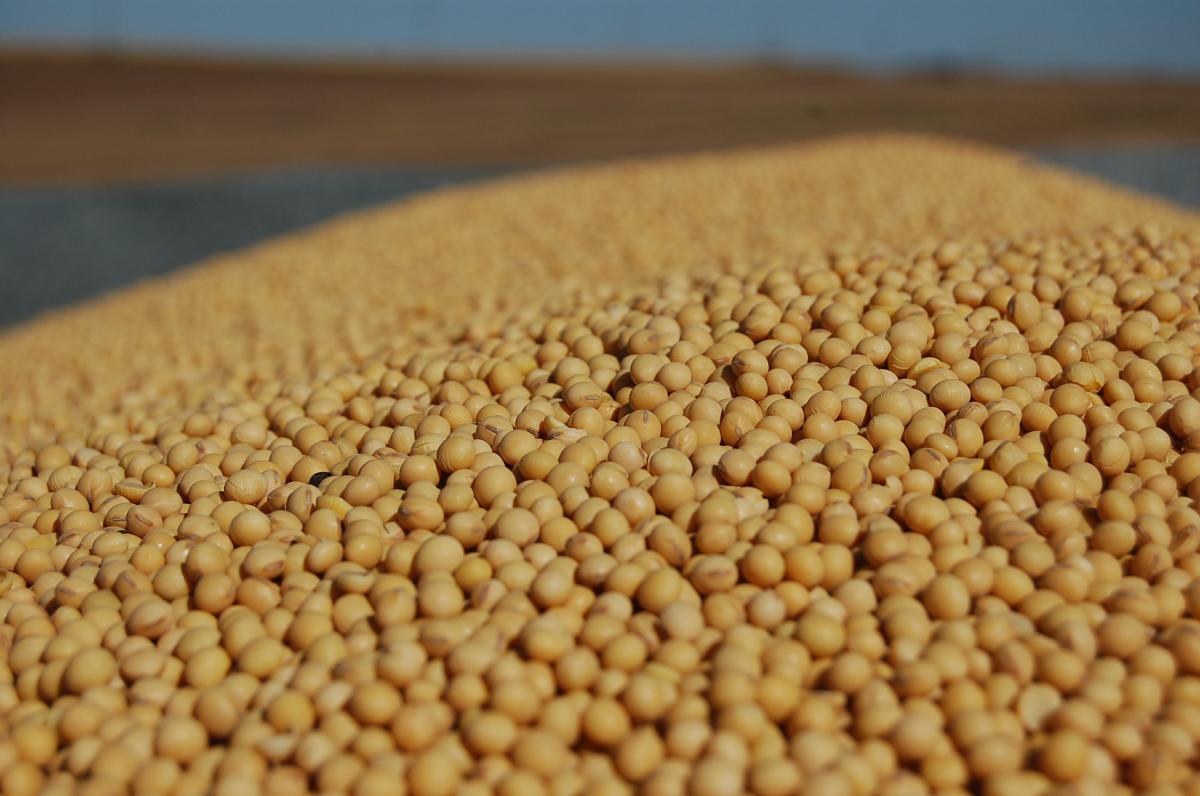Relationships are Front and Center for U.S. Soy in Rapidly Growing MENA Market
- Category:
- Virtual Events

In October, USSEC organized a two-week series of webinars for individual traders and crushers in the Middle East – North Africa (MENA) region.
Emily French, founder of Global Ag Protein and a webinar speaker, emphasized the importance of one-on-one, specific solutions-based conversations that help to reinforce USSEC’s relationships with its customers, despite not having the ability to gather in person during the pandemic.
Ten webinars were offered for customers in Egypt, Saudi Arabia, UAE, Oman, and Lebanon over the course of two weeks. In addition to French’s presentation, which examined the market situation and supply and demand forecasts with key customers from the Gulf Region and Levant, additional presentations included information about market structure and price performance; U.S. soy ending stocks; world soybean, soybean meal, and soybean oil supply for 2020; world soybean export trade and U.S. soybean export trade; weekly soybean and soybean meal prices; world soybean meal supply and demand; a look at major soybean meal importers; and China oilseed and edible oil imports.
This region is one of U.S. Soy’s largest growth markets, says Mousa Wakileh, regional representative for MENA and Jordan. In the 2019/20 marketing year, this region imported 5.7 million metric tons (MMT) of U.S. Soy, a 16% bump from last year’s record imports. MENA also represents 11% of total U.S. whole soybean exports, 13% of soy oil exports, and 6% of soybean meal exports. Egypt is U.S. Soy’s third largest export market, trailing only China and Mexico. Wakileh points to this market’s growth, high volume, and diversity.
Webinar participants, who ranged from CEOs to CFOs and COOs to heads of purchasing and analysts, were an “impressive group,” noted French. One of USSEC’s strengths, she said, is that the organization asks the question, “How can we help?” rather than assuming its customers will ask. French explained that asking this question is “very powerful” and positions USSEC as the voice of calm and reason that helps to provide value. By talking directly to customers, she said, USSEC provides “very tailored assistance.” U.S. Soy’s relationships provide it with access to major key decision makers and helps the U.S. soy industry to win incremental business.
"Companies cannot function within a bubble in a globalized world, especially in food, ag, and food trade." - Emily French, Global Ag Protein